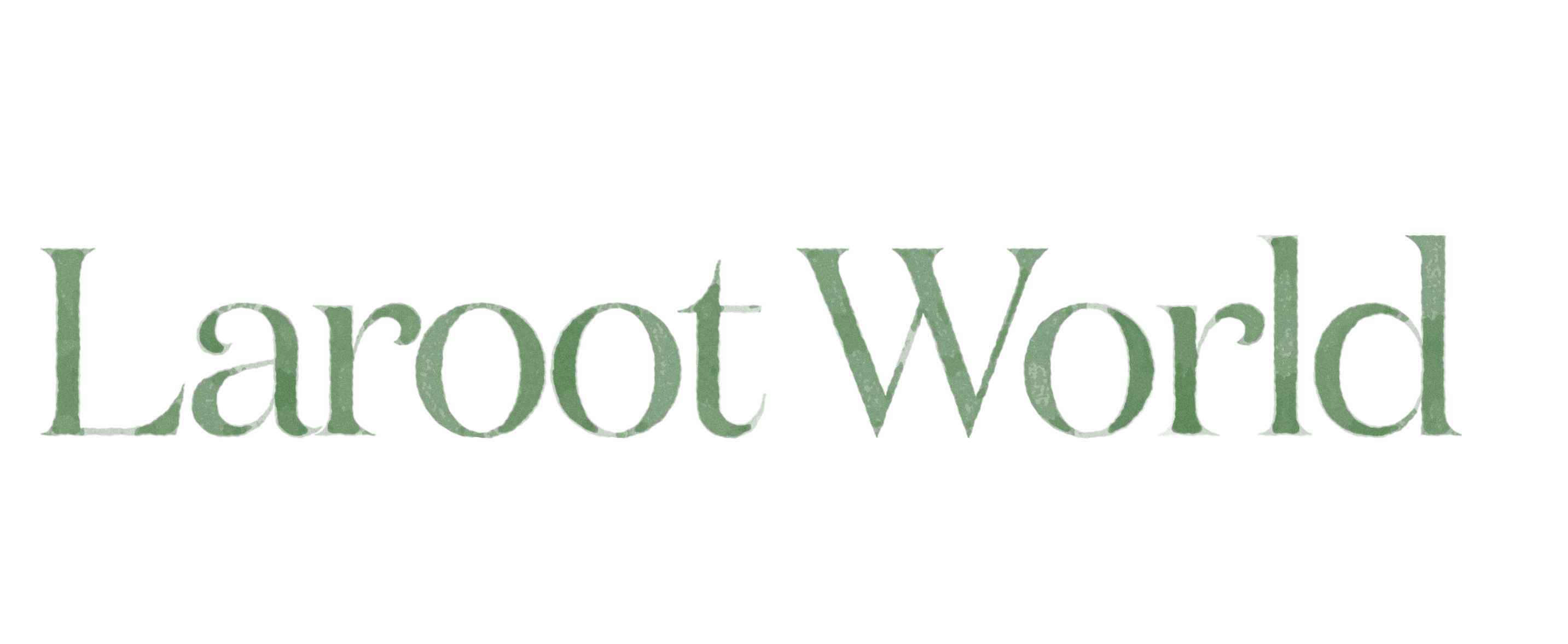Simmered Down: Exploring The Building Blocks Of Tagine, Morocco’s Hallmark Stew

Redolent of slow-cooked meat and high-spiced syrup, there’s nothing more poetically evocative of Moroccan cuisine than tagine, the quintessential Berber stew prepared in the conical earthenware vessel of the same name. Traditional tagines are composed of lamb with dried prunes or apricots; chicken with lemon and green olives; duck with honey and dates; and fish alongside tomatoes, lime, and cilantro. The ingredients, plus water, are placed into the vessel and cooked over smoldering coals for hours upon hours. The vessel’s perforated, domed lid traps steam and circulates it at the base, cooking the meat to tender perfection and caramelizing the spiced liquid into a treacly syrup.

By all evidence, tagines date back to the 8th-century of rule of the Abbasid caliph Harun al-Rashid, whose empire included much of Egypt and a sliver of North Africa. An invention of the Amazigh, the indigenous people of the Maghreb, tagines could be prepared with ease even for those who were nomadic, since the namesake vessel served as a readily transportable oven. And because the circulating steam it produced could soften even the toughest of meat, cooks didn’t have to worry about sourcing quality cuts.

Before the arrival of Phoenicians, Arabs, and Ottomans in Morocco, Amazigh tagines generally consisted of chickpeas, couscous, and lentils. Arab and Moorish settlers later contributed the nuts, olives, spices, and dates that we associate with contemporary versions. Sephardic Jews and French pieds-noirs, too, made ingredient- and preparation-related contributions.
Though tagine vessels come in glazed and unglazed varieties, Moroccan families know that the latter are optimal for kitchen use, as unglazed earthenware absorbs spices and oils cumulatively to impart maximum flavor. (Glazed, decorated versions are more popular for home display.) The bottom must be thick and heavy, and if a gas stove is used (as opposed to coals), a flame spreader is required for to ensure even cooking.

Laroot’s Moroccan Tagine departs little from tradition, incorporating organic free-range chicken for protein, potassium, and vitamin B12; chickpeas for fiber and additional B vitamins; figs for blood-sugar regulation; and olives for vitamin E and healthy fats. The sweet-and-sour liquid in the base is seasoned with immunity-boosting turmeric, ginger, sumac, and saffron—the king of all spices. Wholesome, succulent, and kaleidoscopic in flavor, our tagine is a one-meal reminder of what waves of cultural contributions can yield.
